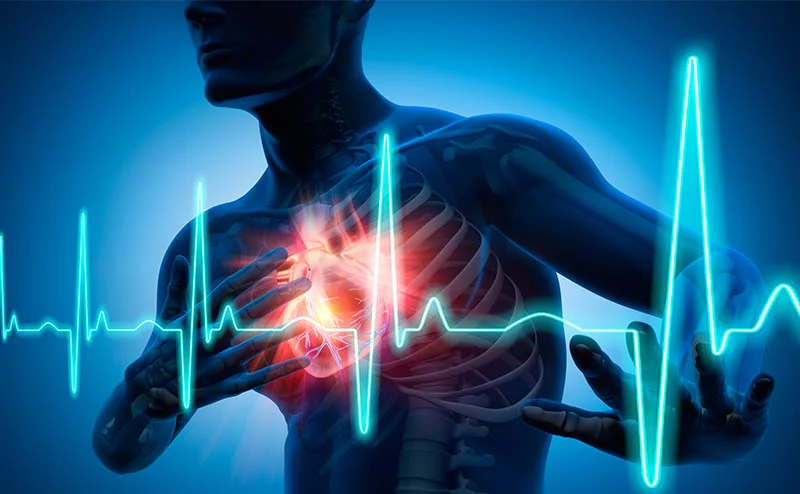A heart attack, medically known as a myocardial infarction, is a serious and potentially life-threatening condition that occurs when blood flow to the heart is blocked. Understanding the symptoms and causes of a heart attack is paramount for early recognition and prompt treatment. Let’s explore insights from Mayo Clinic to shed light on this critical health issue.
Recognizing the Symptoms
The symptoms of a heart attack can vary from person to person, but common signs include:
- Chest pain or discomfort, often described as pressure, squeezing, fullness, or pain
- Pain or discomfort in other areas of the upper body, such as the arms, back, neck, jaw, or stomach
- Shortness of breath
- Nausea, lightheadedness, or cold sweats
Understanding the Causes
Several factors can contribute to the development of a heart attack, including:
1. Coronary Artery Disease (CAD)
CAD occurs when the arteries that supply blood to the heart become narrowed or blocked due to the buildup of plaque. This restricts blood flow to the heart muscle, increasing the risk of a heart attack.
2. Blood Clots
A blood clot can block a coronary artery, cutting off blood flow to a part of the heart muscle. Blood clots often form in arteries damaged by plaque buildup, leading to a sudden obstruction and triggering a heart attack.
3. Coronary Artery Spasm
In some cases, the coronary arteries may undergo spasms, causing them to narrow temporarily and restrict blood flow to the heart. This can lead to chest pain or a heart attack, particularly in individuals with underlying coronary artery disease.
4. Risk Factors
Several risk factors can predispose individuals to heart attacks, including:
- High blood pressure
- High cholesterol levels
- Smoking
- Diabetes
- Obesity
- Family history of heart disease
Conclusion
A heart attack is a serious medical emergency that requires immediate attention. By recognizing the symptoms and understanding the underlying causes, individuals can take proactive steps to reduce their risk and seek timely medical care if needed. With proper awareness and preventive measures, we can work towards minimizing the impact of heart attacks and promoting heart health in our communities.
Source – Mayo Clinic



